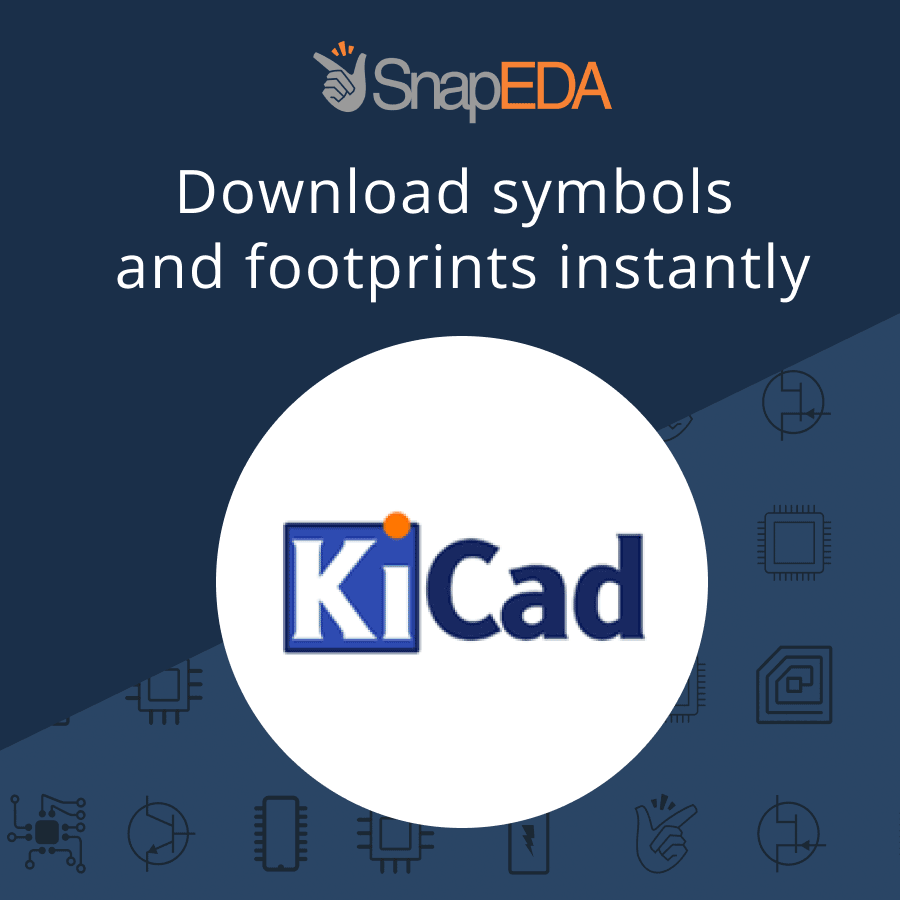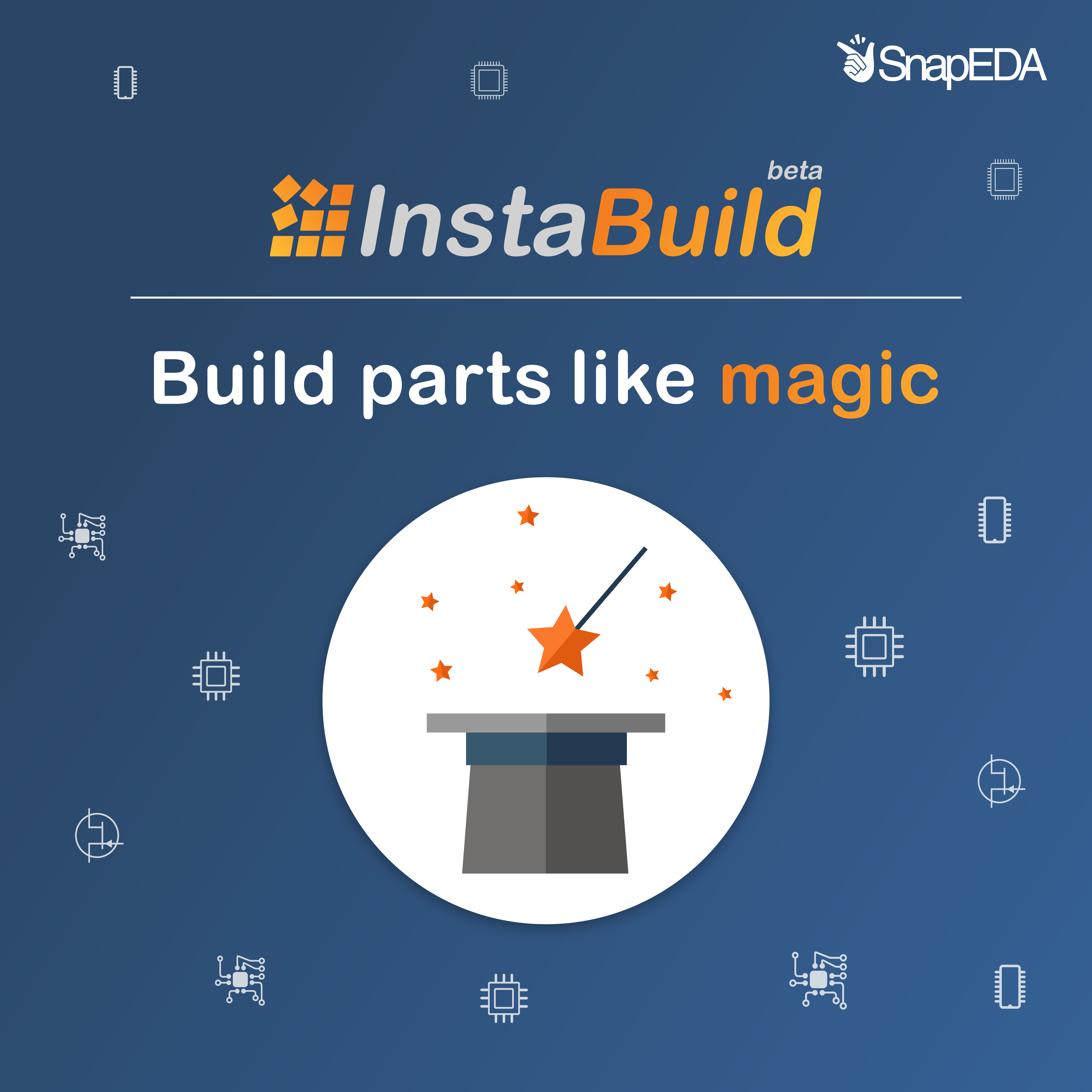On September 13th, the SnapEDA team made the trek down from San Francisco to sunny Santa Clara (in Silicon Valley) for the annual PCB West exhibition. The show was packed with great energy – meaning lots of exciting things are on the horizon for the electronics industry! Here are some of our favorite products from…
-
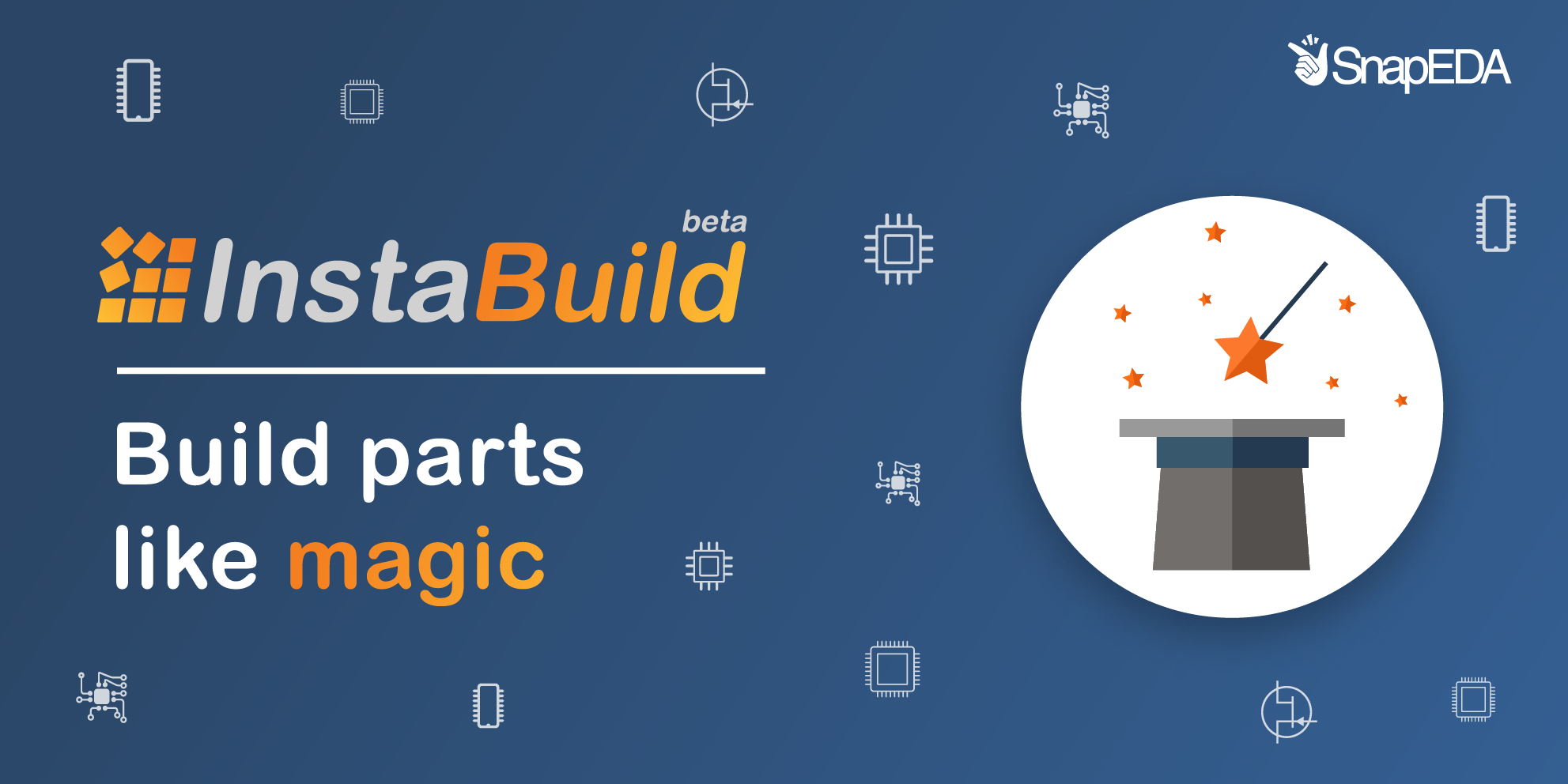
Use computer vision to automate parts!
Read moreToday, we’re launching InstaBuild, the world’s first free automated part builder! InstaBuild uses powerful computer vision technology to enable PCB designers to make parts in mere minutes. Using a datasheet as the input, it automatically extracts symbol pinouts, understands whether a pin is an input, output or power pin, and auto-arranges the symbol based on…
-
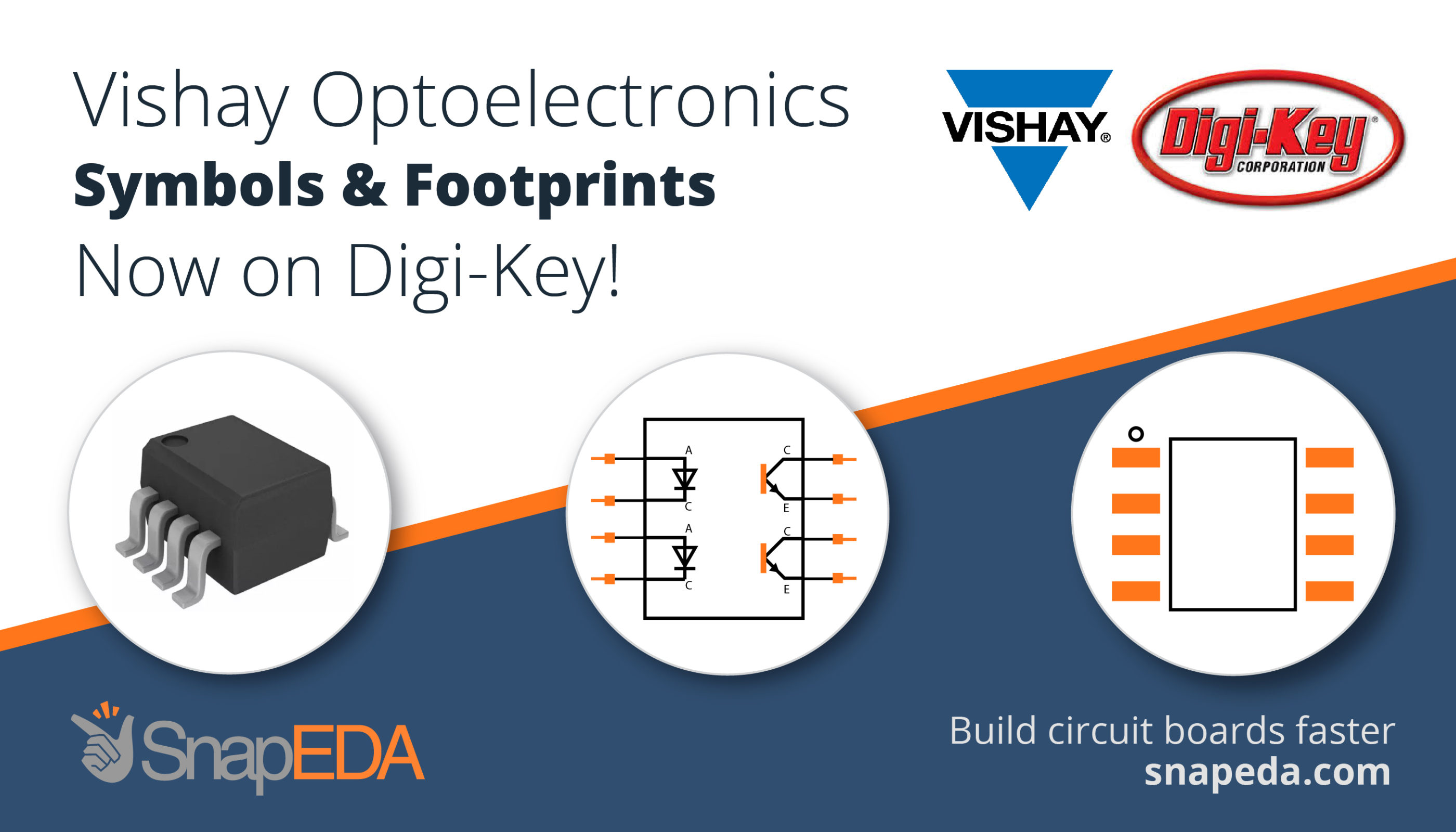
Symbols & Footprints for Vishay Parts Now on Digi-Key!
Read moreToday we have great news to share for any PCB designers out there who are tired of making symbols & footprints for their designs. You can now find SnapEDA’s multi-CAD-compatible symbols & footprints on Digi-Key!
-
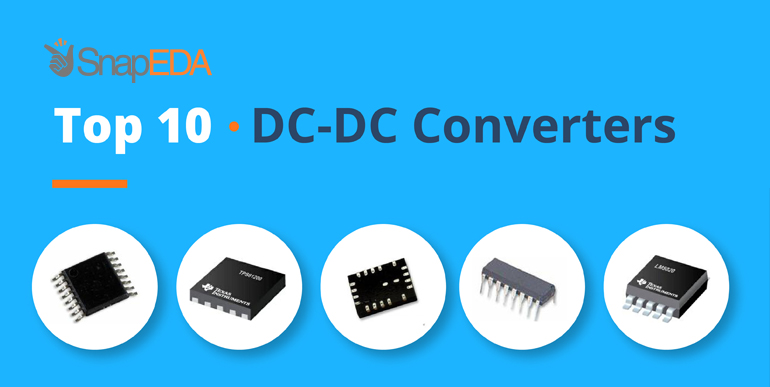
The Top 10 DC/DC Converters
Read moreDC/DC converters are devices that convert a DC source from one voltage level to another. They’re a common element of everything from satellites, hybrid energy systems, portable electronic devices, and many more applications because they provide stable operation, high efficiency, greater reliability and also, different voltage and current levels for the same PCB design. There are many…
-

Engineer Spotlight: Yi Yao from Synaptive Medical
Read moreBackground: I had the pleasure of working with Yi Yao in the Multisim R&D team at National Instruments. Yi was always the go-to person in the office for complex PCB design questions. After that, he went on to co-found a Y Combinator startup called Per Vices, focused on software-defined radio. Currently, Yi is at Synaptive Medical, a…
-

Engineer Spotlight: Nazmus Sahadat from Georgia Institute of Technology
Read moreName: Nazmus Sahadat Company: Georgia Institute of Technology Role: Graduate Research Assistant Location: Atlanta, GA Hi Nazmus. Which tools do you use for circuit board design? Why? Nazmus: I use Allegro for work, and KiCAD for my fun projects. Allegro is a much better tool with lots of optimization options. They have almost everything I need, but it is expensive for an…
-

The Top 10 Temperature Sensors
Read moreSensing and controlling the intensity of heat present in a substance or object is a fundamental function of nearly every electronic application. A temperature sensor is a device used to measure the amount of heat energy generated by an object or system. These devices are usually implemented as RTDs (resistance temperature detectors), thermocouples or thermistors. When selecting a…
-
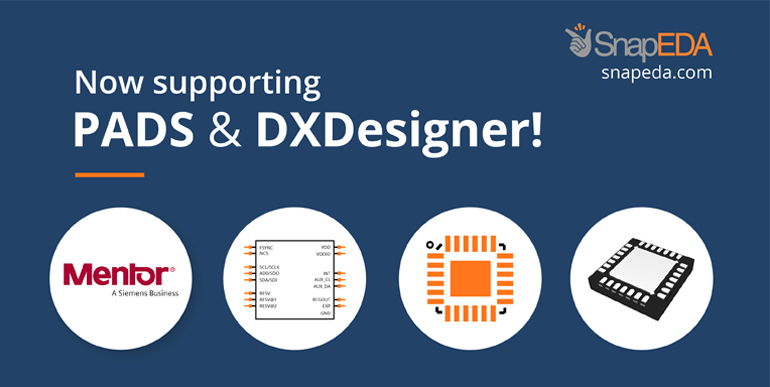
New support for Mentor PADS and DX Designer on SnapEDA!
Read moreToday we’re launching support for one of the most-used PCB software flows – Mentor Graphics PADS & DXDesigner. Whether building satellites or medical devices, hardware designers spend days creating digital models for each component on their circuit boards, a painful and time-consuming process that hinders product development. With today’s launch, Mentor PADS & DX Designer…
-

Free Webinar – Intro to SnapEDA
Read moreWe’ve added new dates for our free webinar series – July 6th and July 20th. In these free webinars, our product manager Mike Tang will show how you can save hours on PCB design with SnapEDA. You’ll learn: How to download symbols & footprints How to create a private bill of materials (BOM) and batch…
-

The Top 10 Motion Sensors (Accelerometers)
Read moreWhether you’re building a wearable device, or an industrial system, chances are you’ll be integrating an accelerometer. Accelerometers are electromechanical devices that measure acceleration across one, or multiple, axes. Some common uses are to detect position, velocity, vibration, and to determine orientation (for example, to orient the display in your smartphone or tablet). The most important factors to consider when…


